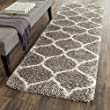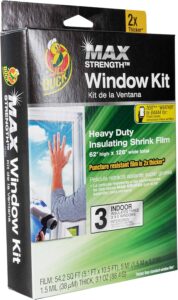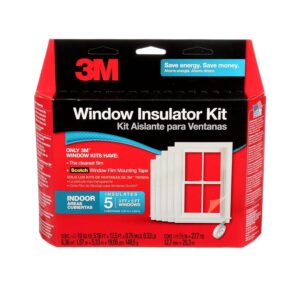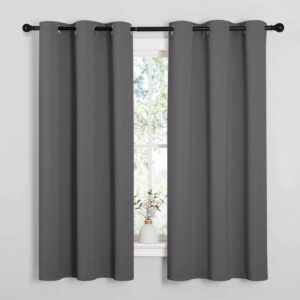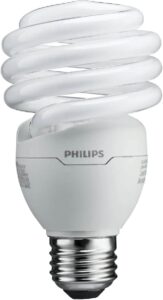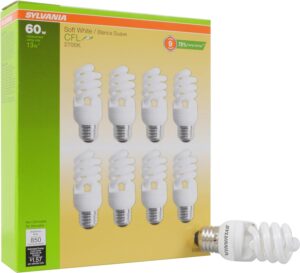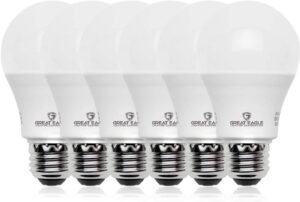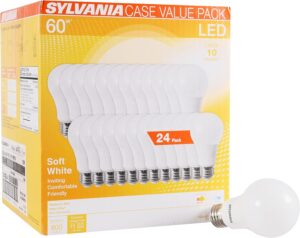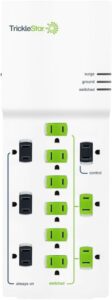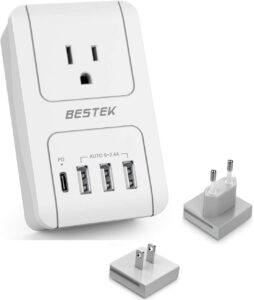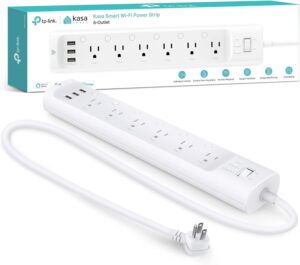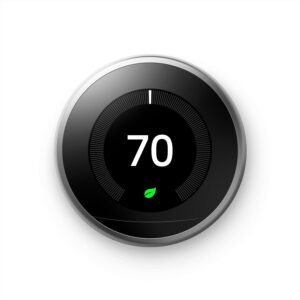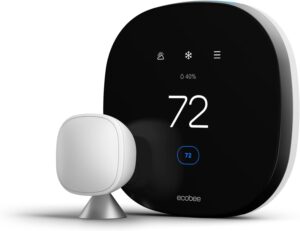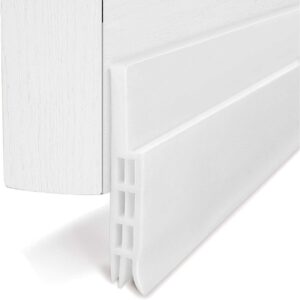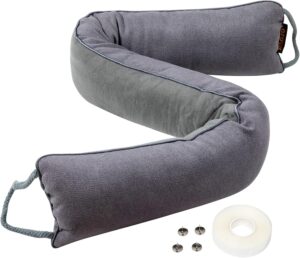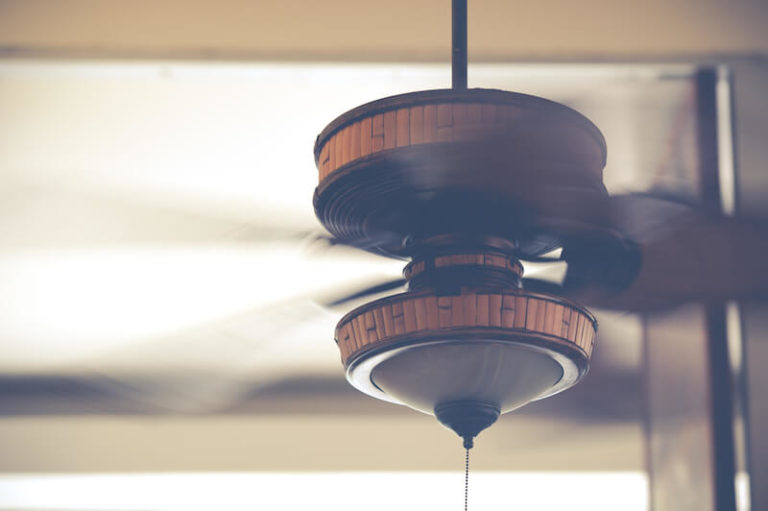Many homeowners and renters are trying to cut costs to make up for rising prices. Lucky for you, one of the easiest places to save money is right inside your own house or apartment.
Making your home more energy efficient isn’t just good for the environment, it goes a long way in reducing your monthly utilities, too. In fact, if you implement the right changes, you can see those bills drop anywhere from 20–30% per year.
Here are eight easy ways you can make your home more energy efficient without making a drastic lifestyle change or tackling major renovations:
